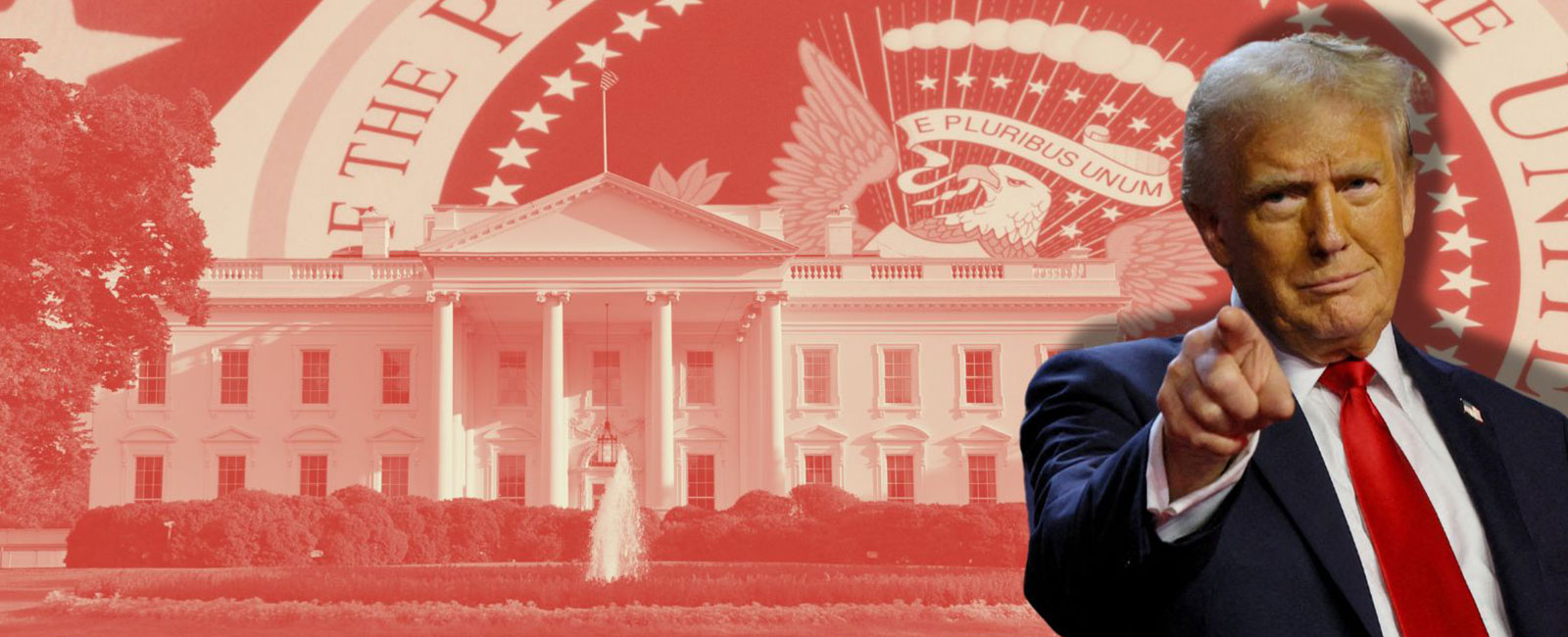Donald Trump's re-election and future of Pakistan: Navigating a complex geopolitical landscape
The next four years under Trump’s presidency will undeniably shake up global geopolitics, but Pakistan can navigate this landscape with strategic foresight

Donald Trump’s re-election, with his second inauguration set for January 2025, is poised to usher in significant shifts in the United States' foreign policy, carrying both direct and indirect implications for Pakistan. With Trump’s well-known focus on transactional diplomacy and strategic realignments, Pakistan will need to navigate a landscape filled with both challenges and opportunities.
This will demand a carefully calibrated approach to its foreign, economic, and security policies, ensuring that Pakistan’s national interests are advanced while balancing the complexities of global and regional dynamics.
Pivot to geoeconomics: Path to sustainable growth through strategic diplomacy
Pakistan’s pivot to geoeconomics, as outlined in its National Security Policy (NSP) 2022, is ambitious but achievable only through pragmatic engagement with global powers, particularly the US. However, beyond traditional economic aid or trade deals, Pakistan must position itself as a hub for economic connectivity.
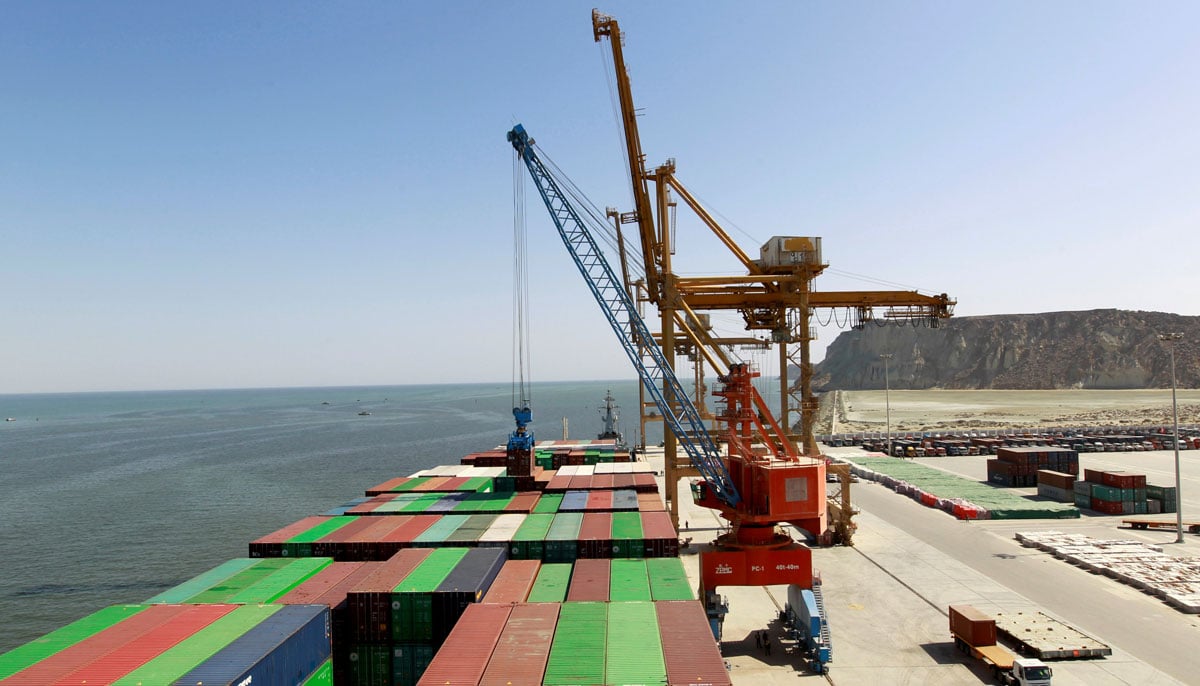
To truly achieve this pivot, Pakistan should propose multi-country economic initiatives that align with US interests in a post-pandemic world, such as climate-resilient infrastructure or regional trade facilitation corridors.
Pakistan could offer to play a role in global supply chain resilience, emphasising its strategic location and investment in technology-driven trade facilitation. Partnering with American technology firms on digital infrastructure projects, including fintech and e-commerce, could attract US interest and investment, reducing economic dependence on any single country.
Balancing US-China rivalry: A strategy of selective engagement and hedging
Pakistan’s deep economic and defence ties with China are non-negotiable, but it can’t afford to alienate the US. As great power rivalry intensifies, Pakistan must adopt a strategy of selective engagement. This would involve aligning with the US on global issues like counterterrorism and climate change while retaining strategic autonomy in its core interests, such as the China–Pakistan Economic Corridor (CPEC).
Pakistan should strengthen its role in non-aligned and multilateral forums like the Shanghai Cooperation Organisation (SCO), Association of Southeast Asian Nations (ASEAN) Regional Forum, and even the United Nations (UN), where it can advocate for balanced regional security and economic cooperation.
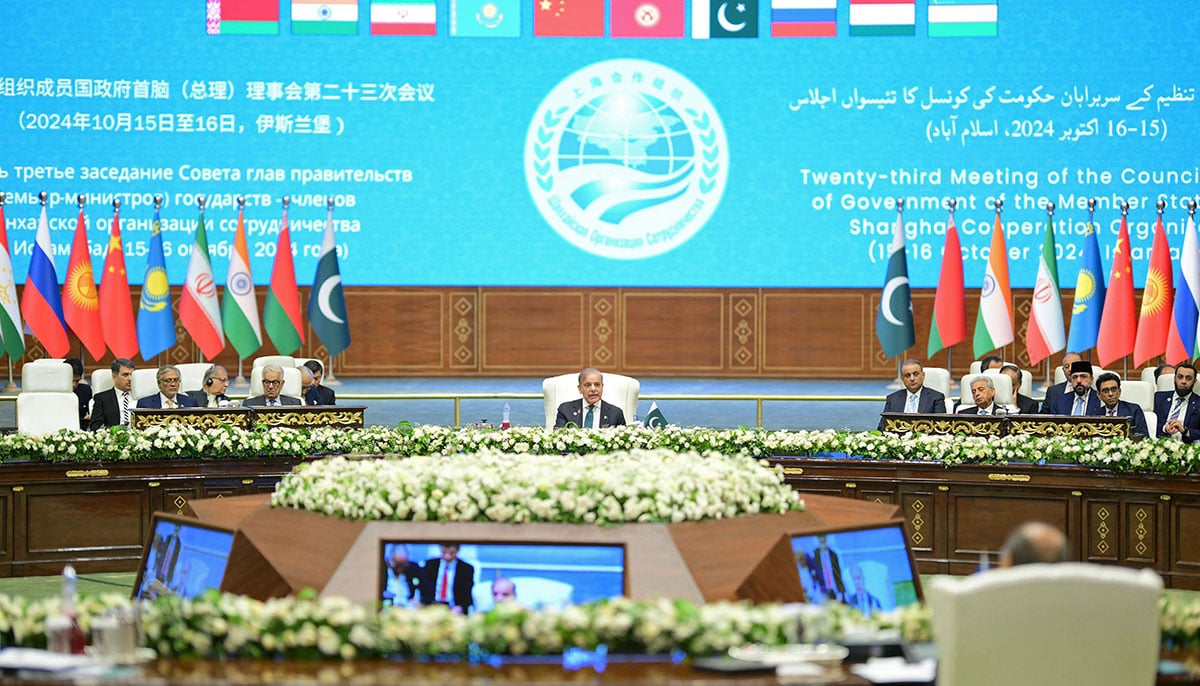
By positioning itself as a country committed to peace and regional stability, Pakistan can avoid being pigeonholed into either camp. Furthermore, promoting academic and cultural diplomacy, such as technology and educational exchanges with the US, could serve as a soft-power tool to balance relationships.
Reframing Indo-US strategic cooperation: A non-threatening perspective
Pakistan must acknowledge the growing Indo-US partnership not as an existential threat but as a regional recalibration that demands a strategic response. Instead of focusing solely on military competition, Pakistan should emphasise its strategic relevance. Highlighting Pakistan’s responsible nuclear posture and commitment to non-proliferation can serve as a counter-narrative to the Indo-US defence buildup.
A peaceful Line of Control (LoC) will also serve Pakistan's interests by fostering regional stability, which is crucial for economic growth and attracting foreign investment. In addition, it will allow the country to focus resources on domestic development and advancing its geoeconomic agenda, as outlined in its NSP.
Pakistan should invest in next-generation deterrence technologies, such as cybersecurity defences and artificial intelligence (AI) while continuing to emphasise conventional military preparedness. Engaging the US in dialogues about South Asian stability, possibly leveraging Track II diplomacy, could shift the conversation from arms races to conflict resolution and crisis management.
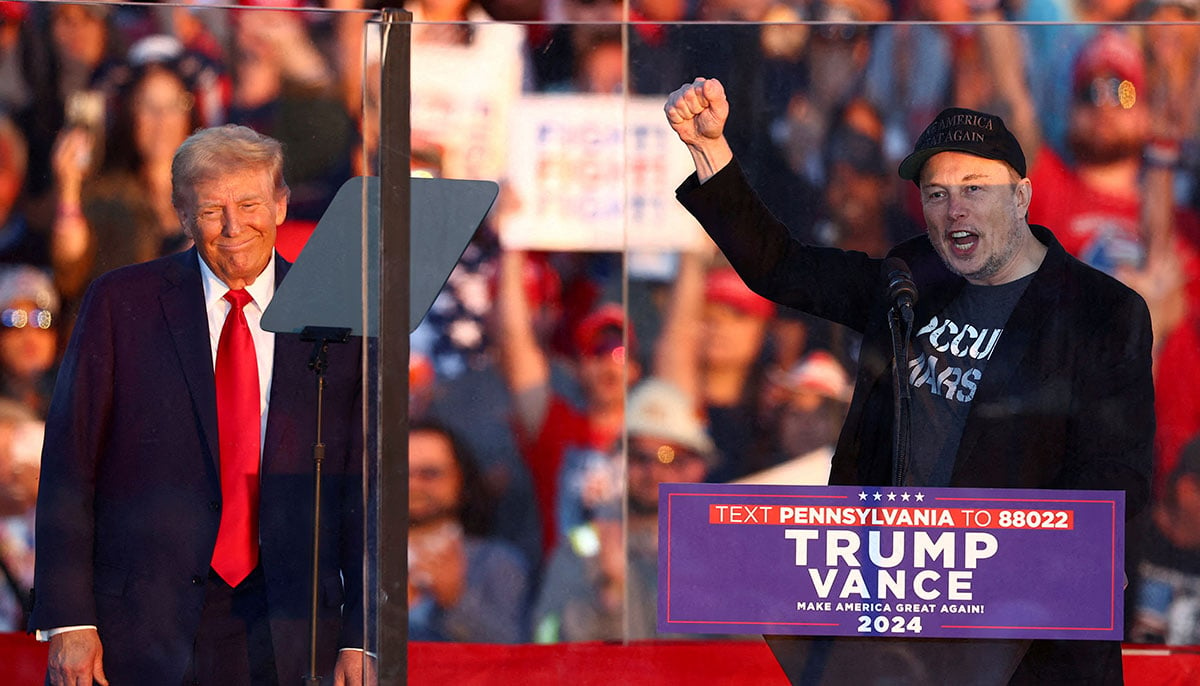
Engaging Elon Musk — a global figure known for his work in electric vehicles, space exploration, and renewable energy, and a key supporter of President-elect Trump with incredible policy influence in the next four years — could be a strategic move for Pakistan, especially in the context of its pivot to geoeconomics and interest in technology-driven solutions.
Given Pakistan’s urgent need for energy diversification, a comprehensive plan that outlines potential large-scale solar and renewable energy projects could capture Musk’s interest. This could involve offering incentives for Tesla to establish a solar power plant in Pakistan or a manufacturing hub for solar energy products, for example, Tesla’s Powerwall batteries. The government can highlight areas with high solar potential, such as Balochistan, as prime locations for investment.
Pakistan could propose establishing Tesla-friendly Special Economic Zones (SEZs) under the CPEC umbrella. These zones could focus on assembling electric vehicles (EVs) and producing lithium-ion batteries. Highlighting Pakistan’s strategic location as a potential export hub for South and Central Asia would add weight to this proposal.
Pakistan could propose a partnership to boost science, technology, engineering, and mathematics (STEM) education, perhaps by co-establishing a technology and engineering institute or through scholarships and technology-driven educational programmes. Musk’s passion for inspiring future engineers and innovators could align with Pakistan’s ambition to cultivate a tech-savvy youth.

Collaboration with Musk on educational camps focusing on space, robotics, and AI, hosted across major Pakistani universities or tech hubs is another avenue which should be explored. This initiative could align with the growing interest among Pakistani youth in emerging technologies and offer mentorship opportunities led by SpaceX engineers.
To effectively engage Musk, Pakistan should conduct thorough pre-engagement research to understand and align with his priorities, such as renewable energy, future transport, and space exploration. Leveraging influential members of the Pakistani-American tech community could facilitate introductions and advocate for collaboration.
Additionally, a strategic media and social media campaign should be launched to highlight Pakistan’s innovation potential, engaging Musk directly on platforms like X, formerly Twitter. It is crucial to present a unified government front, ensuring all stakeholders are aligned and the investment climate is appealing, with clear policies for tech and infrastructure projects. By employing this well-crafted approach, Pakistan could create opportunities for transformative partnerships that advance its geoeconomic objectives.
Regional takeaways: Strategic implications beyond borders
The global ripple effects of the Russia-Ukraine war have exposed economic vulnerabilities, from energy prices to food security. For Pakistan, this is a wake-up call to diversify its energy portfolio and invest in food security measures. Trump’s potential alignment with Russia could complicate Western policies, making South Asia a possible arena for proxy economic or political influence.

Pakistan must adopt a principled yet pragmatic stance on global conflicts. Establishing a "regional stability doctrine" could allow Pakistan to lead diplomatic efforts, promoting peace dialogues and emphasising its neutral position. Additionally, investing in economic self-reliance, like renewable energy and agricultural modernisation, could insulate Pakistan from global shocks.
Trump and Iran: A recalibrated threat environment
If Trump revives his aggressive stance on Iran, Pakistan will be caught in a delicate balancing act. Beyond border security, Pakistan must also anticipate economic sanctions that could disrupt regional trade and energy supplies.
Engaging in a trilateral dialogue with Iran and Afghanistan, emphasising counter-terrorism cooperation and economic integration, could mitigate some of these risks.
Pakistan should proactively engage European and Gulf partners to mediate between the US and Iran, emphasising its role as a stabilising force. Pursuing multilateral economic projects, like transnational trade routes through Iran, could give Pakistan economic leverage while reinforcing its strategic importance to both the US and regional actors.
Afghanistan’s instability and US-Pakistan counterterrorism cooperation
Afghanistan remains a flashpoint, with the Taliban regime’s inability to control groups like the Tehreek-e-Taliban Pakistan (TTP) posing a direct threat to Pakistan. Trump’s security priorities may still include ensuring Afghanistan does not become a terror hub, giving Pakistan an opportunity to strengthen counterterrorism cooperation.
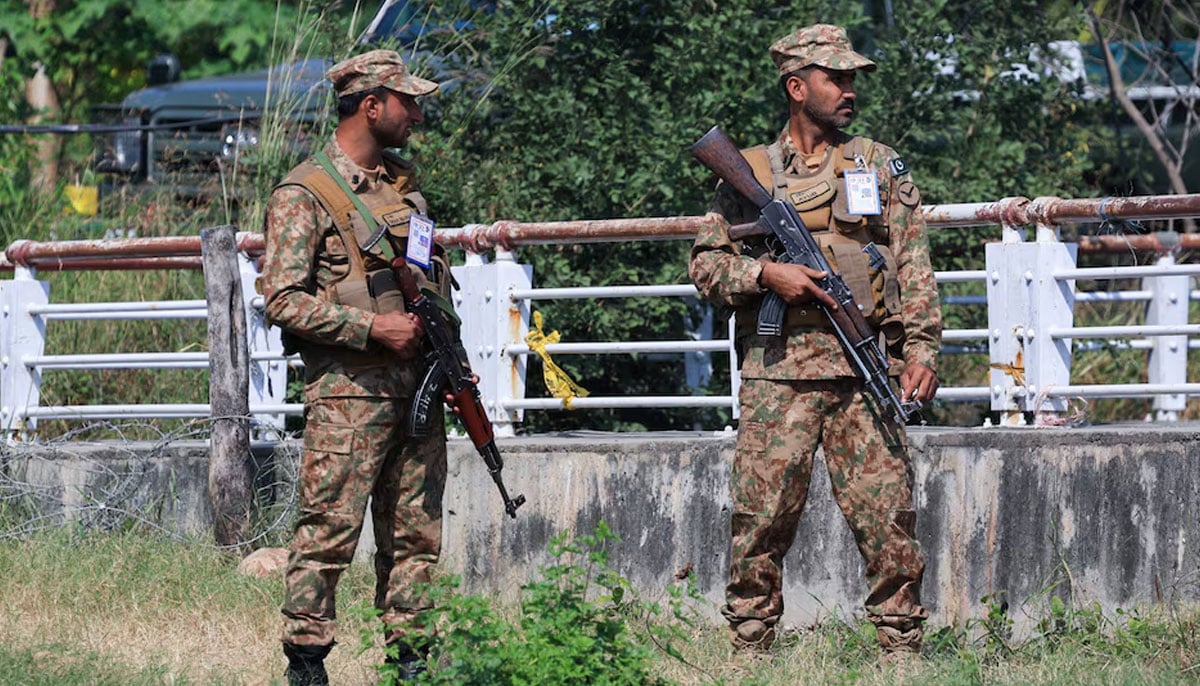
Pakistan could propose joint US-Pakistan counterterror initiatives that also offer economic benefits, such as border security infrastructure or development aid aimed at stabilising Afghan provinces. By aligning US and Pakistani interests in regional stability, Pakistan can secure both economic and military assistance while emphasising its crucial role in countering transnational threats.
A calculated and strategic approach
The next four years under Trump’s presidency will undeniably shake up global geopolitics, but Pakistan can navigate this landscape with strategic foresight.
By capitalising on economic opportunities, maintaining a balanced foreign policy, and enhancing regional security cooperation, Pakistan can carve out a path that aligns with its national interests while contributing to regional stability. The emphasis must be on proactive engagement, strategic hedging, and innovative diplomacy to remain a relevant and stabilising player in South Asia and beyond.
Dr Rabia Akhtar is Dean Social Sciences, University of Lahore, Pakistan and is currently a visiting fellow at the Project on Managing the Atom, Belfer Center, Harvard Kennedy School. She posts on X @Rabs_AA.
Disclaimer: The viewpoints expressed in this piece are the writer's own and don't necessarily reflect Geo.tv's editorial policy.
Header and thumbnail illustration by Geo.tv



